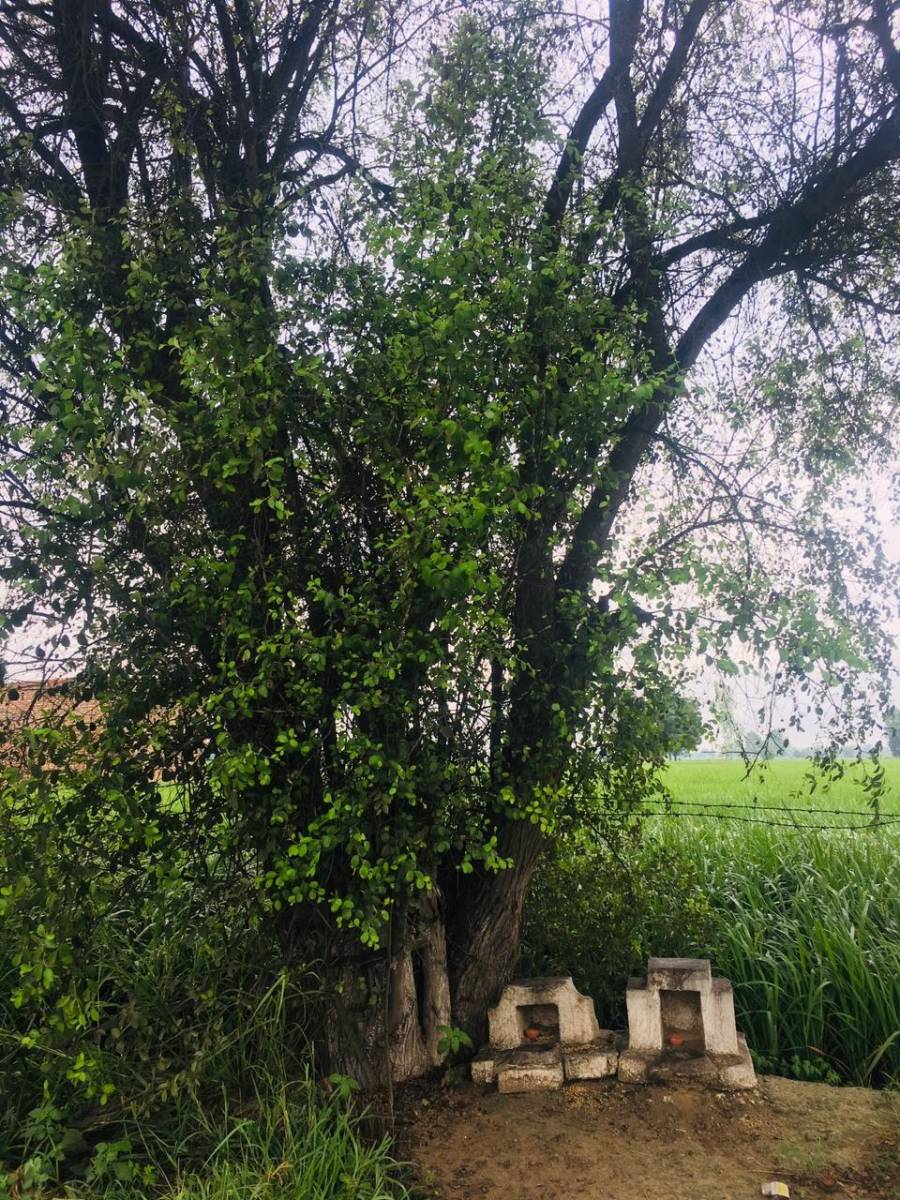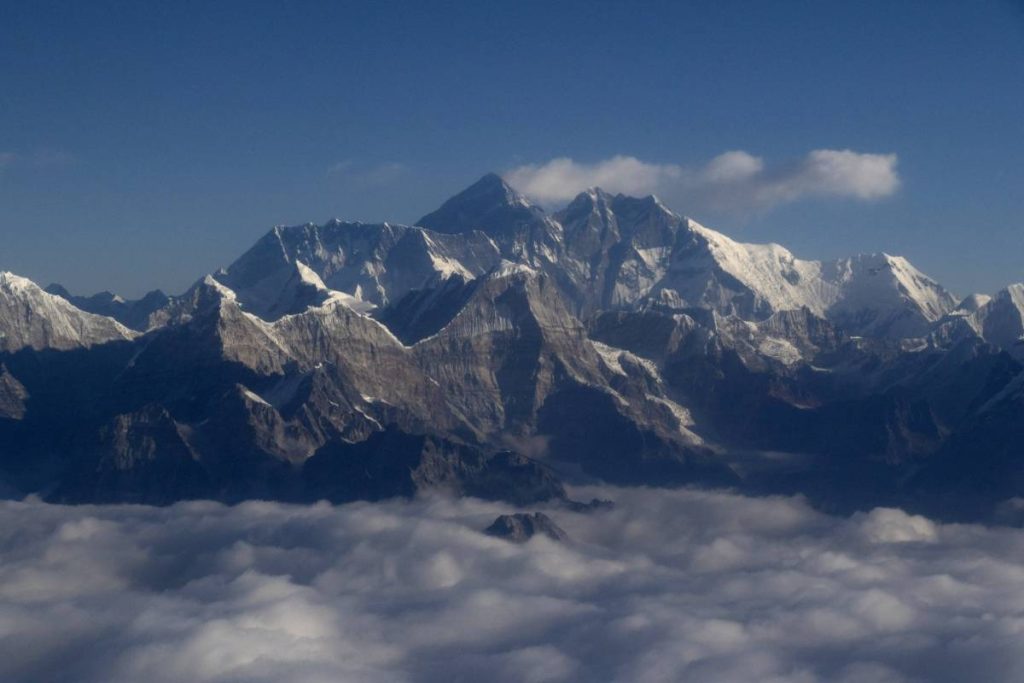These madhis are peppered across the Malwa region that includes Bathinda, Mansa, Barnala, Faridkot, Ferozepur, Ludhiana, Moga, Muktsar, Patiala, Sangrur and Fazilka….writes Amarpal Singh Verma
You see them peppered across villages in Punjab, often standing conspicuous amongst the farmlands, an oasis of stone and wood and green trees. Some madhis are small, sitting in secret nooks, known only to the people who worship them. They have all been created to honour the memories of ancestors, installed in the fields to remember those family members who died without a progeny.
These brick structures, big or small, are always accompanied by at least one tree – a reflection of how some traditions are rooted in the environment, claimed Teja Singh Taggad, a retired government school teacher from Burj village in Bathinda.
“The madhis are always protected by the shadow of a tree,” he said, adding: “At some places, you will find three or more trees over one madhi.”
These madhis are peppered across the Malwa region that includes Bathinda, Mansa, Barnala, Faridkot, Ferozepur, Ludhiana, Moga, Muktsar, Patiala, Sangrur and Fazilka.
They are mostly accompanied by the Indian Jujube tree, also known as Ber in Hindi. But, there are many places where Shisham, Peepal, banyan and neem trees have also matured, providing a safe haven to birds and critters.
“The tradition of making a madhi in the memory of ancestors is centuries old,” Amritpal Singh Taggad, the principal of Bhakt Namdev High School in Maur Mandi said.
In Burj, where he lives, each of the 300 households in the village has a madhi.
“But, many consider the building of madhis to be a superstition. They fail to realise that these madhis have benefitted the environment by raising thousands of trees,” he said.

Protected by faith
Cutting a tree that shrouds a madhi is considered sacrilege.
Nikka Singh Purba, a resident of Chak Janisar village in Ferozepur district, said: “We have never seen or heard of a tree on a madhi being hacked.”
Satinder Singh Brar, a farmer from Bajidpur Bhoma village of Fazilka district, said that people respect the trees that grow around a madhi. “People may cut trees around it, but the trees on the madhis face no such danger. No one can even think of cutting down the trees here due to fear of bad luck,” he said.
Such is the reverence for a tree on the madhi that even when it dies or is uprooted following a cantankerous storm, the wood is not taken away for personal use.
“It is given to a needy person or donated to a gurdwara,” said Amritpal Kular, a farmer from Sangaria town that borders Rajasthan. “Then, either a new tree is planted over the madhi or the madhi itself is relocated under another tree.”
The fruits from the trees on the madhis are never plucked. “Whenever they fall on the ground, they are taken for prasad,” he added.
On the 14th of every month, one member of the household pays the customary obeisance to their madhi. They mix milk with water and sprinkle it around the memorial, a ritual called Lassi Dalna’.
Some memorials are so old that families do not know who they belong to. Yet, the madhis continue to remain an important part of their lives, revered during special occasions and festivals.
Be it weddings, Teej or the birth of a child, people seek blessing at the madhis. On Holi and Deepawali, the madhis take on a festive look. Lamps are lit all around them and they are painted and decorated in the spirit of the festival.
Traditions crossing boundaries
Decades ago, when water from Punjab’s canals made inroads into Rajasthan, thousands of Sikh families came to Hanumangarh and Sri Ganganagar districts in the state in search of agricultural prospects. They eventually bought land around the canal and settled down. With them, they also brought the tradition of madhis.
A few madhis are also seen in Haryana. Some people, who live abroad, take the soil from the madhi with them.
Former deputy sarpanch of Malarampura village in Hanumangarh district Manjit Singh said that his family arrived here from Dabdi Khana in Punjab. Singh, who does traditional farming, said he did not forget his tradition and made madhis in his land. “A madhi is a center of reverence for us,” he said.













